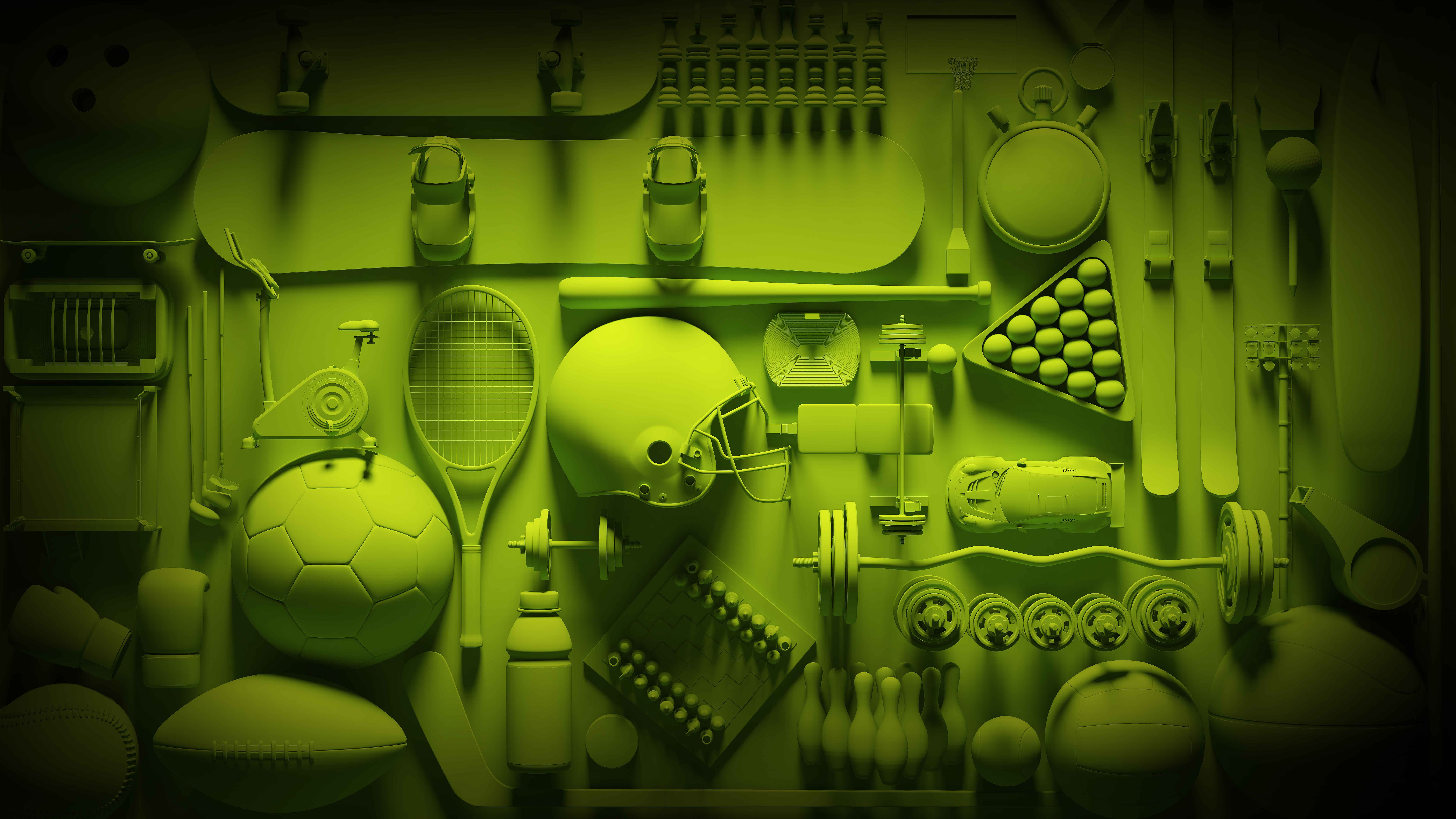A Deep Dive into Athletic Transitions: How Athletes Shift Between Sports
For many, engaging in sports is more than just a physical endeavour; it's a journey of passion, challenge, and evolution. We see this frequently in our work providing digital solutions to multiple sports, and this provides us with a unique insight into some of the common ways athletes change over their active lives and the challenges transitioning can throw up.
Although transitioning between sports can come easily to some athletes, to others it represents a bigger challenge practically and psychologically. The risk is that if the transition doesn’t work out (perhaps the sport is less convenient or more costly), there is a real risk that inactivity may follow.
Here we shed light on the intriguing trend of athletes transitioning from one sport to another, leveraging skills or seeking fresh challenges.
Athletic Crossroads: Common Sport Transitions
Let’s start by illustrating how athletes of all standards move across sports. This short list shows well documented moves and represents an opportunity to NGBs and sports providers in engaging athletes when the time is right for change.
Gymnastics → Diving or Aerial Skiing
When: Typically after a gymnast's peak competitive years, often in late teens to early twenties.
Timeframe: Transition can take 2-4 years to reach a competitive level in the new sport.
Track and Field (Sprinters) → Bobsledding or Rugby
When: After peak sprinting years, usually in the mid to late twenties.
Timeframe: 1-3 years depending on the athlete's adaptability.
Wrestling → Mixed Martial Arts (MMA)
When: Anytime during or after competitive wrestling years, often in the early to late twenties.
Timeframe: Transition varies, but 2-5 years to become a proficient MMA fighter is common.
Swimming → Triathlon or Open Water Swimming
When: After peak competitive swimming years, often in the late twenties.
Timeframe: 1-3 years to adapt to multi-sport training or longer-distance swimming.
Basketball → Volleyball or Handball
When: After high school or college, typically in the early twenties.
Timeframe: 2-4 years to become competitive, depending on prior experience.
Tennis or Baseball → Golf
When: Often after peak competitive years in original sport, usually in the late twenties to thirties.
Timeframe: 3-5 years to become proficient in golf, though reaching a professional level can take longer.
Cross-Country Skiing → Biathlon
When: Typically in the late teens or early twenties.
Timeframe: 2-4 years to integrate shooting skills with skiing.
Rowing → Cycling
When: Late twenties or after peak rowing years.
Timeframe: 2-4 years to become competitive in cycling.
Timing and Transition Dynamics
Athletes usually transition post their peak years in the original sport. While gymnasts might pivot in their late teens or early twenties, soccer enthusiasts may shift in their late twenties. The adaptation period, however, varies. A switch like swimming to triathlon could take 1-3 years, whereas transitioning from tennis to golf might span 3-5 years.
Athletes' transitions between sports underline their adaptability and resilience. Whether driven by evolving passions, injuries, or simply the quest for new challenges.
Smoothing the way
Data suggests that, in addition to age or injury, life itself can get between an athlete and their sport. This is nuanced from gender to gender, but common reasons for the decline or total abandonment of sports participation are further or higher education and marriage and parenting.
These substantial changes in lifestyle sometimes prove too time consuming for athletes to continue on with the sport they love.
This, we think, provides an opportunity for sport to stay close to athletes. And we believe that technology can help to track participation and provide timely alternatives to help people stay active and get the most out of sport for them and their families.
This is not something that can't be done without close collaboration between sports bodies and technology providers and in the coming months we will be examining ways in which this can be achieved.


